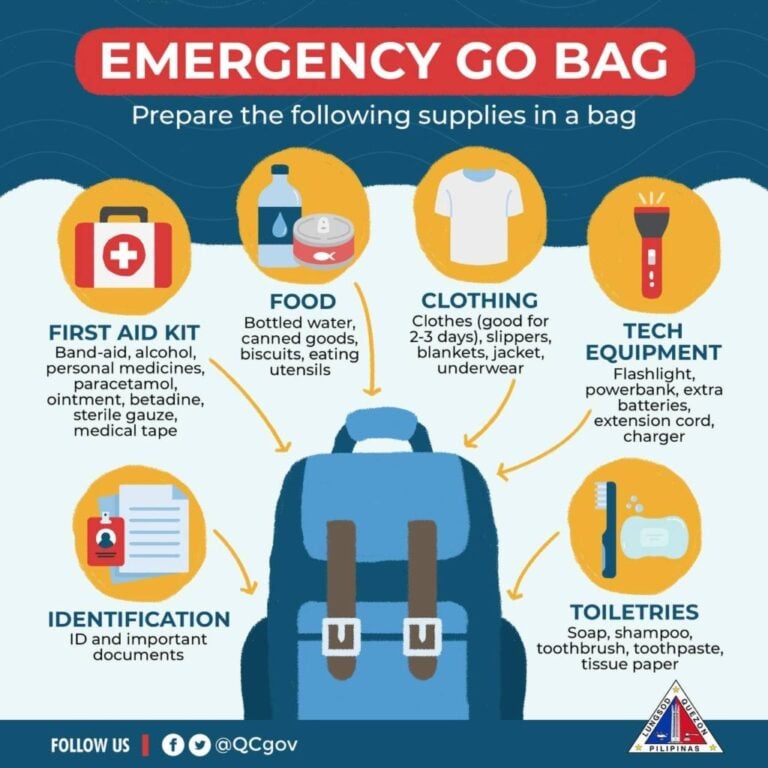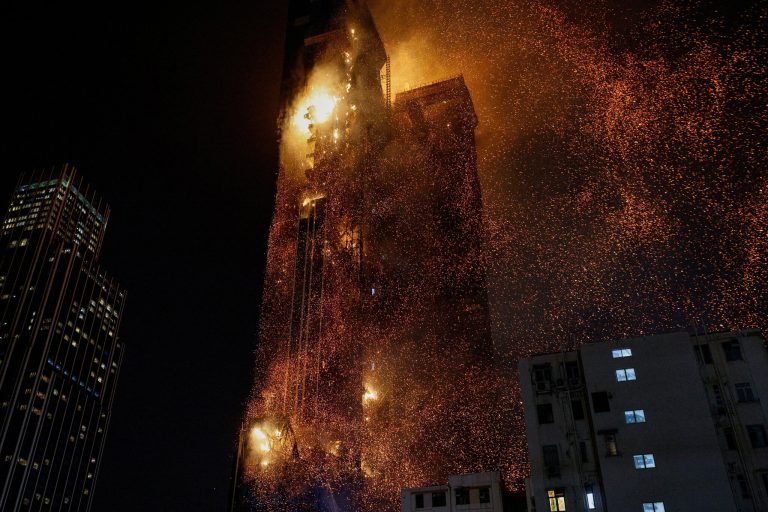In Hong Kong, the question of whether taxi drivers can charge additional fares during extreme weather conditions, such as a typhoon No. 8 signal or a black rainstorm warning, is a significant concern for both passengers and drivers alike. Understanding the legal framework surrounding taxi fares in these situations is essential for anyone relying on taxi services during inclement weather.
According to the Road Traffic (Public Service Vehicles) Regulations (Cap. 374D), specifically Regulation 49(1), it is illegal for registered owners or drivers of taxis to charge fares that exceed the appropriate scale of fares outlined in Schedule 5 of these regulations. Notably, Schedule 5 does not provide any provisions for charging extra fares during adverse weather conditions like typhoons or heavy rainstorms. This means that regardless of the circumstances, taxi drivers must adhere to the standard fare structure established by the regulations.
The implications of violating this regulation are serious. If a taxi driver charges an additional fare without a reasonable excuse, they could face a fine of up to $10,000 and a potential imprisonment of six months, as stipulated in Regulation 61(1). This legal framework is designed to protect consumers from unfair pricing practices, especially during emergencies when they may have limited transportation options.
While the regulations do allow for the hiring of vehicles under Regulation 50, this process is laden with specific requirements that make it challenging to implement during emergencies. Under Regulation 50, a registered owner of a taxi can hire out the vehicle at a rate based on time, with or without additional charges for mileage, or under other agreed terms. However, for such a hire agreement to be valid, certain formalities must be strictly followed.
These formalities include completing and signing two copies of a document that outlines the rate or scale of charges applicable to the hiring, details of the third-party risks insurance for the vehicle, and the names, addresses, and driving license numbers of the individuals permitted to drive the vehicle. The registered owner must keep one copy of this document for six months after the hiring begins, while the hirer must retain the other copy and present it upon request by a police officer.
In the context of a typhoon No. 8 signal or a black rainstorm warning, the urgency and chaos of the situation make it exceedingly difficult to fulfill these formalities. The likelihood of a taxi driver being able to complete the necessary paperwork and obtain the required signatures in a timely manner is slim, given the pressing need for transportation during such emergencies. Even if a driver were to attempt to establish a hire agreement, the legal requirements must still be met, which is often impractical in the heat of the moment.
Therefore, unless a proper hire agreement has been established and all formalities under Regulation 50 have been complied with, taxi drivers are prohibited from charging fares that exceed the standard rates specified in Schedule 5. This legal stipulation remains in effect even during severe weather conditions, reinforcing the notion that passengers should not be subjected to additional charges during such times.
In summary, the legal landscape in Hong Kong clearly indicates that taxi drivers cannot charge extra fares during a typhoon No. 8 signal or a black rainstorm warning. The regulations are designed to ensure fairness and protect consumers from potential exploitation during emergencies. While there are provisions for vehicle hiring, the stringent requirements make it nearly impossible to implement in real-time during adverse weather conditions. Passengers should be aware of their rights and the legal framework governing taxi fares, ensuring they are not taken advantage of when they need transportation the most.











